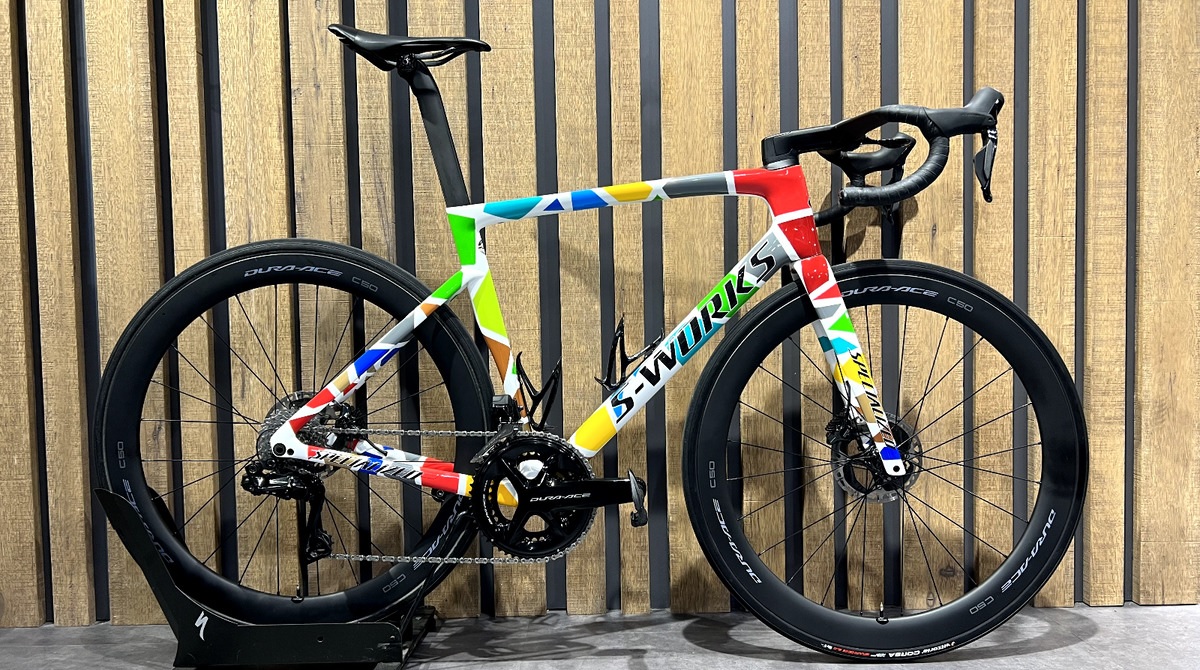
Maltodextrins: what they are, intake and precautions
Read also:
Inkospor ENERGY GEL opinions reviews doses efficacy contraindications
Inkospor CARBO PURE maltodextrin reviews opinions doses efficacy contraindications
MyProtein sport food supplements review opinion contraindications
Best offers prices Myprotein GLUTAMINE
Best offers prices Myprotein SPORT FOOD SUPPLEMENTS
Best offers prices Myprotein PROTEIN BARS
Best offers prices Myprotein CAFFEINE SUPPLEMENTS
Best offers prices Myprotein CARNITINE FOOD SUPPLEMENTS
Best offers prices Myprotein Creatine
The term maltodextrins indicates water-soluble carbohydrates produced by digestion mainly from corn or potato starch.
Based on the degree of transformation of these starches, maltodextrins are created, made up of glucose molecules arranged in more or less long polymer chains. The name maltodextrin, therefore, identifies a class of substances produced by the digestion, or rather hydrolysis, of starches, this means that there are different types of maltodextrins depending on their transformation stage and characterized by the quantity of glucose molecules contained in them . The number of these glucose molecules determines the Dextrose Equivalence (D.E.) which indicates the level of equivalence of a given carbohydrate in relation to glucose.
In maltodextrins the Dextrose Equivalence can have a value between a minimum of 4-6 and a maximum of 36-39. The higher the value, the more the behavior of maltodextrins is similar to that of glucose, therefore the greater their assimilation speed will be, but with a high glycemic index. The speed, therefore, of assimilation depends on the Dextrose Equivalence value, the lower the value the slower their absorption will be. The final result of this absorption, however, will always be the same, that is, the assimilation of glucose produced by the breakdown of the starches themselves. It is believed that in endurance sports such as cycling an optimal D.E. value is around 20-24, but in reality this value depends on various factors. First by the length of the race and its intensity, then by the individual factors of the athlete, by his ability to metabolize maltodextrins. On the other hand, their use is advantageous compared to the direct use of simple sugars: they gradually release the glucose contained in the polymer, guaranteeing a constant energy supply prolonged over time; they have a low glycemic index, therefore they avoid insulin peaks; they allow you to drink drinks that are not too sweet and more easily tolerated by the intestine. In theory, maltodextrins with different D.E. index should be taken. depending on the various phases of the race, giving priority to those with a low D.E. index. in the pre-race phases and in the first part of the race, then preferring those with a high DE, i.e. rapid assimilation, in the final phases of the race.
It should then be considered that, as mentioned, individual sensitivity to the assimilation of maltodextrins is very varied, so while some athletes tolerate them perfectly, in others they can lead to nausea, gastrointestinal and liver disorders. Therefore, even in this case, it is always better to test the integration during training and only after having verified the individual advantages to proceed with their use in competitions too. An important aspect is their degree of concentration in the liquid in which they are dissolved, which can vary from 7/8% up to 10% in subjects with a high tolerance to the food. The optimal solution can be found with patience, experimenting with increasingly more concentrated solutions from time to time until the maximum possible concentration is found, without having the side effects described above. It is therefore best to start from very low concentrations which then, based on one's experience, can be increased up to the maximum value of 10%, beyond which it is not very convenient to go. The intake of liquid is then a direct function of athletic effort, but an average value of 200 cc every 20 minutes can be considered.
When taken before the race, maltodextrins help improve glycogen stores, but only if a correct pre-race diet has not been followed. Same thing for post-race nutrition, they can help replenish glycogen stores, but they are really useful only when the new physical effort is imminent and you therefore don't have time to have an efficient and rational post-race meal. In these cases, therefore, you can ingest a quantity of 15-20 grams of glucose, to trigger the glycogen synthesis mechanism, and subsequently take 200-220 grams of maltodextrin, to replenish the reserves. It should also be noted that the degree of satiety of maltodextrins is practically zero and therefore their excessive use outside of competition could lead to excessive ingestion of calories. Ultimately, we can understand how the use of maltodextrins during a long-lasting competition, i.e. over an hour and a half, is without a doubt effective, however it is necessary to plan their intake well, both in the type of maltodextrins, their concentration and the hiring times. In the pre- and post-race phases, however, their usefulness is less evident and necessary, especially when correct nutrition is followed in all phases of the performance sporty
